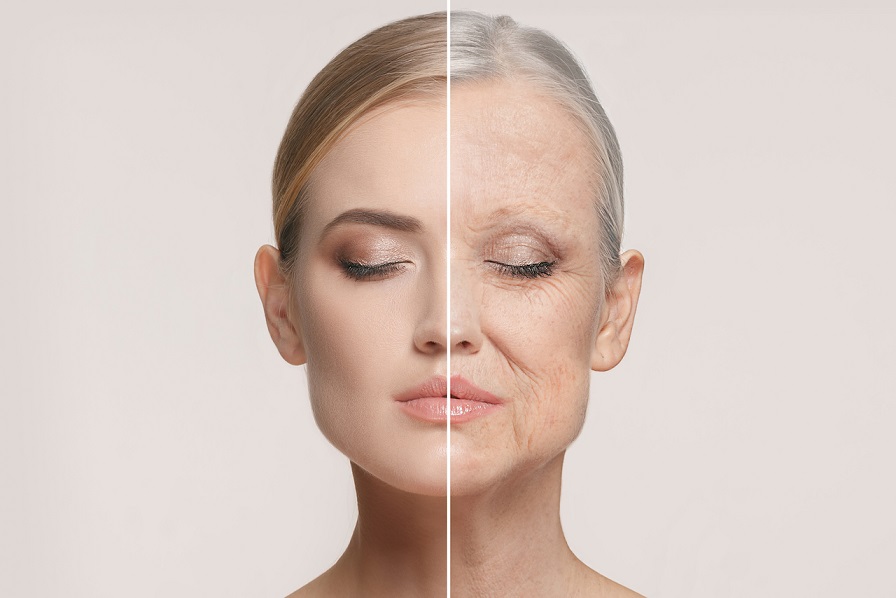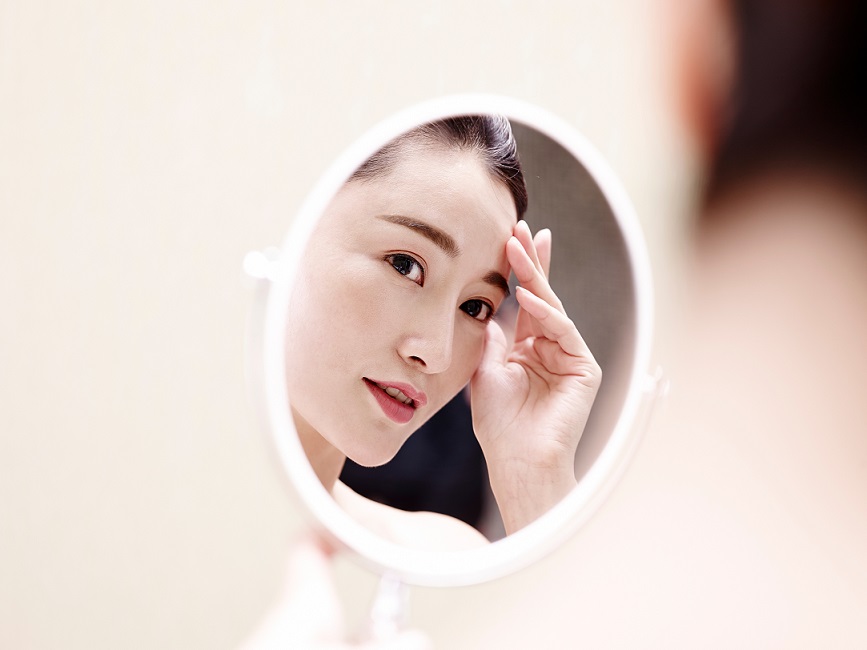Skin Care
RETINOID IN SKIN CARE (PART 1)
During recent years, Retinoid has been considered by many skin care lovers to be an “anti-aging” drug. Let’s explore the nature of Retinoid with Flora and Doctor Le Minh Chau before attempting to use retinoids in your skin care routine, especially in the anti-aging process. Whenever jumping into new products, it is necessary to distinguish which retinoids can be used in cosmetics, and which need to be prescribed by a doctor with the right dosage and usage. That’s in order to avoid misuse and consequently, the outcomes are ineffective or even unexpected side effects happen.
First of all, before applying any product on our face, women need to thoroughly understand what it is, its nature, its impact, the expected performance as well as the side effects. Most importantly, it is whether these products are suitable for your skin condition or not.
What is retinoid and what are the types of retinoids in cosmetics?
Retinoid is the term for vitamin A and its derivatives. Later, retinoids are also used to refer to other synthetic substances with a mechanism of action such as retinoids [1].

There are many different types of retinoids making it difficult to remember all of its scientific names. However, to be able to use it safely, we should aware that Retinoids are divided into two groups:
Retinoids in non-prescription cosmetics and Retinoids in prescription cosmetics. And this split into the two groups is due to differences in the formulations and effects of the retinoids.
In details,
- Retinoids in non-prescription cosmetics usually exist in the forms: retinol, retinaldehyde, retinyl ester (retinyl propionate and retinyl palmitate) [2]. In it, Retinol is a very familiar name already.
- Retinoid that needs to be prescribed by a doctor usually exists in the forms: tretinoin, adapalene, tazarotene.
Since this article is about skin rejuvenation, it will only deal primarily with tretinoin – all-trans retinoid acids that are faster and more effective in retinoids.
The process of retinoid metabolism on the skin
Retinol after being applied on the skin will go straight through the outermost layers of keratinocytes. On this way, retinol is under the influence of enzymes (can be understood as retinol digestive enzymes) – these enzymes will transform retinol to an intermediate retinol form (shea or alcohol forms) – depending on the active yeast. Finally, thanks to a last enzyme, these intermediate retinol will be converted to tretinoin.

Subsequently, tretinoin interacts with the skin cell’s gene-regulating factors, directly influencing the growth and generation of skin cells. To be more specific, scientifically interpreted, the scientific illustration of the metabolism of subcutaneous retinoid are as follows.
Through the above metabolic pathway, it can be seen that:
- When applying retinoic acid on the skin surface, the effects will be faster when applying retinol, retinaldehyde or retinyl ester because it does not take time to metabolize.
- Retinoids, after being applied, it will have a direct effect on the regulation of keratinization in the skin.
- When the concentration of retinoic acid in the epidermis is low, the retinaldehyde will be acted on by the enzyme esterase to form retinol and converted to retinoic acid.
Therefore, when having deep insight of the process of retinoid metabolism on the skin, we will better understand why it is important to use retinoids in accordance with the consultation of a doctor.
Because retinol and intermediate retinoids (retinyl esters or retinaldehyde) are excessively available on the skin, they can be converted into a reserve form, causing less irritation. But if you apply an excess amount of retinoic acid on the skin’s surface, these molecules will stay in the middle of the cells and cause irritation. The reason is that the substance cannot be converted into reserves by itself [2]
The metabolism of retinoids in the skin and the mechanism of action of Retinoids [2]

Once applied to the skin, retinol will penetrate the horny cell layer. Thanks to the enzyme Acyl CoA: retinol acyltransferase (ARAT), retinol is converted to retinyl esters in the form of fat particles or can be converted to retinaldehyde through alcohol dehydrogenase. Then, through the enzyme aldehyde dehydrogenase converted to all-trans-retinoic acid (tretinoin). These retinoic acids combine with RAR receptors to act on the transcription of retinoic acid reactive factor (RARE) in DNA, thereby affecting cell differentiation and proliferation.
Indications for the use of retinoids (approved by the FDA and not approved – off-label)
As mentioned, only all trans retinoic acid (tretinoin) has been approved by the FDA to treat acne problems, fine wrinkles, uneven skin color or rough skin. In addition, these drugs have been utilised in many other skin problems but have not been consensual (off-label).
| Retinol | Tretinoin |
| Aging Hyperpigmentation | Thickening of the hair follicle Hyperpigmentation (pigmentation, freckles) New stretching of skin |
Retinoids in anti-aging skin care process
Using retinoids in skin care will actually have a rejuvenating effect at the skin epidermis. The metabolism of retinol after being applied affects the epidermal and keratinization process on the skin. For aging skin, retinoids accelerate the epidermal process – bringing new bottom skin cells up to the upper layers faster, for smoother and younger looking skin.

It can be simply understood that retinoids have significant effects in anti-aging. Retinoids will stimulate new skin faster so that our skin becomes smooth and youthful in a certain period of time. However, for aging skin, using only Retinoids will be difficult to bring the desired effect because of the fast surface change effect. Indeed, there are also other undesirable effects. The more careful our skin care routine, the higher results.
Expected Effects and Side Effects of Retinoid Usage
Expected effect: Depending on different skin conditions, when using retinoids properly as prescribed by your doctor, along with the right skin care regimen, tretinoin is expected to bring results after about 8-12 weeks.

Side Effects: Irritation, erythema, and peeling which make our skin more sensitive. The side effects often appear due to improper use, use of retinoids without the guidance or prescription of a doctor, the wrong dosage suitable for your skin condition, or lack of skin hydrating treatment.

From information about the nature and action of retinoids on the skin’s surface, we can have our suitable skin care routine.
Let’s wait for the next articles about the right usage for each skin type and the perfect skin care regimen when using Retinoid.
References
1.Draelos Z. K. (2016), “Cosmeceuticals”.
2.Wolverton S. E. (2013), “Comprehensive dermatologic drug therapy”.
3.Iino H., Fujii M., Fujino M., et al. (2017), “Influence of Characteristics of Oily Vehicle on Skin Penetration of Ufenamate”, Biol Pharm Bull, 40 (2), pp. 220-226.














